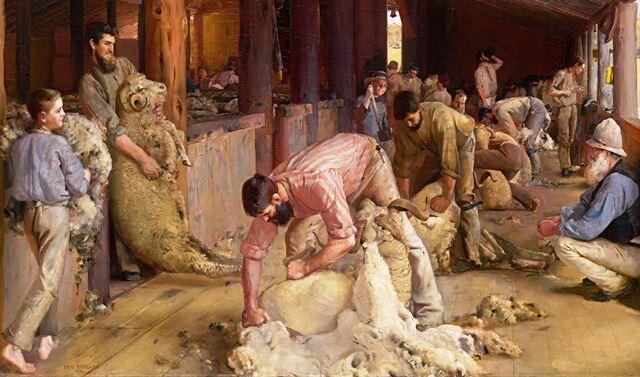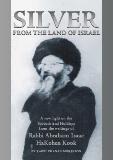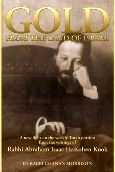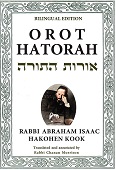
While first introduced here in Lev. 19:19, the prohibition of sha’atnez is more clearly defined later on in the Torah: “Do not wear sha’atnez — wool and linen together” (Deut. 22:11). Why does the Torah prohibit using wool and linen in the same article of clothing?
Also, the special garments of High Priest contained both wool and linen. Why was he allowed to wear sha’atnez?
Chok — for the Future
These two materials — linen, from the flax plant, and wool, shorn from sheep — were the two major fibers available to ancient civilizations. According to one opinion in the Talmud (Shabbat 26b), whenever the Torah speaks of garments without specifying the material, it only refers to garments of wool or linen.
The Torah’s prohibition of wearing linen and wool together is a prime example of a chok, a decree for which we do not know the reason. As Rashi wrote, the nations of the world and the evil inclination taunt us, saying, “What is this command? What logic is there to it?”
According to Rav Kook, it is not that a chok has no reason, or no reason that we are capable of grasping. Rather, this category of mitzvot belongs to a future reality that is different from our own. At that future time, the purpose of these decrees will become clear.
In other words, these mitzvot serve to morally prepare us for the future.
One intriguing view of the future is the idea expressed by the Kabbalists that the future elevation of the universe will also include a radical change in the animals. Animals will develop into a state similar to the current level of human beings. This belief plays a central role in Rav Kook’s writings in many areas: vegetarianism, Temple sacrifices, and understanding decrees such as sha’atnez and not eating milk and meat together.
The use of linen from the flax plant does not raise any moral dilemmas. But the use of wool necessitates a mild censure from the standpoint of absolute morality:
“Man, in his boundless egocentricity, approaches the poor cow and sheep. From one he seizes its milk, and from the other, its fleece.... There would be no impropriety in taking the wool were the sheep burdened by its load; but we remove the wool when its natural owner needs it. Intellectually, we recognize that this is a form of theft — oppression of the weak at the hands of the strong. (Otzarot HaRe’iyah vol. II, p. 97)
Of course, the moral offense applies primarily with regard to the future state of sheep.
In order to distinguish between the use of wool and linen, and instill a sensitivity towards animal welfare that we will need in future times, the Torah decreed that these two fibers should not be worn together. Utilization of the flax plant and manipulation of sheep are not — in absolute terms — morally equivalent.
All of this is true when the wool is used for private consumption. But if the wool is designated for Divine service — as in the clothes of the High Priest — then the principle of bechol me'odecha, serving God with all of our possessions, takes force. Here it is appropriate that, out of their own free will, the animals will contribute their part for the sake of the universe’s spiritual elevation.
Why Only Linen?
A student once asked Rav Kook why, according to this explanation, the Torah only forbids linen together with wool, but not other fibers (such as cotton) together with wool.
Rav Kook answered that mitzvot are like words. Through these words, we can discern the Torah’s fundamental teachings. If one word is sufficient to convey the message, there is no need for another word to teach the very same concept.
However, the word chosen should be the best and most lucid. The message of concern for animal welfare needs to be ingrained in the minds of society’s leaders. Therefore, the Torah chose to express this message through linen, the fiber favored for respectable and elegant clothing in olden times. Fibers such as cotton are used for purely utilitarian purposes. Linen best symbolizes our desire to clothe ourselves in dignity and honor; thus, it is the best medium to express the need for human sensitivity towards animals.
(Gold from the Land of Israel. Adapted from Igrot HaRe’iyah vol. I, p. 104.)





